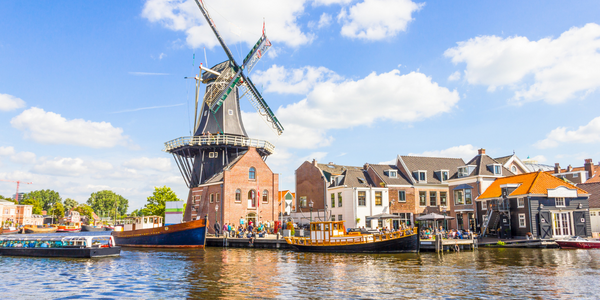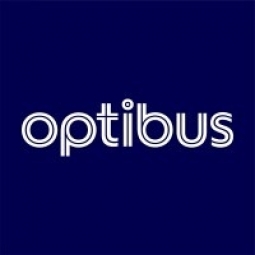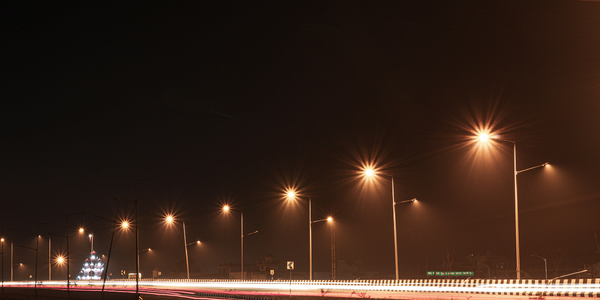技术
- 功能应用 - 车队管理系统 (FMS)
- 平台即服务 (PaaS) - 应用开发平台
适用行业
- 城市与自治市
- 运输
适用功能
- 物流运输
用例
- 车队管理
- 智慧校园
服务
- 系统集成
- 培训
关于客户
开普敦大学的私人巴士班车服务(称为 UCT Shuttle)为 29,000 名学生和 5,000 名教职员工免费提供整个大学校园的交通服务。 UCT 班车对于学生和教职员工准时到达演讲厅和办公室至关重要,这些演讲厅和办公室位于开普敦标志性桌山陡峭山坡上的私人校园内,没有该市的公共交通网络。 UCT 班车在校园和山脚下的大开普敦之间运送乘客,乘客在那里生活、工作和玩耍。 UCT Shuttle 拥有一支由 27 辆巴士和 60 名司机组成的车队,运营 19 条路线,在学期期间每天(周日至周六)运营,并在假期和考试期间提供特殊时间表。
挑战
开普敦大学 (UCT) Shuttle 是一家私人巴士服务公司,为 29,000 名学生和 5,000 名工作人员提供交通服务,该公司在手动规划和调度流程方面遇到了困难。该班车服务运营 19 条路线,车队由 27 辆巴士和 60 名司机组成,对于大学社区在校园和大开普敦之间的通勤至关重要。然而,手动过程繁琐、耗时,并且容易出现人为错误。 UCT Shuttle 团队尽管在传统手动流程方面拥有专业知识,但缺乏数字规划和调度系统方面的经验。他们寻求一种数字化、自动化的解决方案来简化运营并提高效率。
解决方案
在与 GoAscendal 全球合资企业的技术部门 GoMetro 协商后,UCT Shuttle 选择了 Optibus 的规划和调度软件平台。这个由人工智能驱动的云原生软件平台将 UCT Shuttle 从手动流程转变为数字流程,从而实现更快的时间表更改和更好的组织。该平台直观、易于使用的界面使 UCT Shuttle 团队能够快速适应新系统。此外,Optibus 的云原生数字平台使 GoMetro 能够在 COVID-19 大流行期间继续远程培训操作员。 2020年9月1日,GoMetro和UCT Shuttle推出了实时车队管理系统GoMetro Fleet,拥有30辆UCT Shuttle车辆,以及乘客信息和通信移动应用程序。 Optibus 工具有助于将 UCT Shuttle 的时刻表和时刻表数字化为通用运输供给规范 (GTFS) 格式,从而显着缩短 GTFS 创建的周转时间。
运营影响
数量效益

Case Study missing?
Start adding your own!
Register with your work email and create a new case study profile for your business.
相关案例.

Case Study
Turning A Stadium Into A Smart Building
Honeywell created what it called the “intelligent system” for the National Stadium in Beijing, China, turning the venue for the opening and closing events at the 2008 Summer Olympics into a “smart building.” Designed by highly controversial artist Ai Weiwei, the “Bird’s Nest” remains one of the most impressive feats of stadium architecture in the world. The 250,000 square meter structure housed more than 100,000 athletes and spectators at a time. To accommodate such capacity, China turned to Honeywell’s EBI Integrated Building Management System to create an integrated “intelligent system” for improved building security, safety and energy efficiency.
.png)
Case Study
Smart Street Light Network (Copenhagen)
Key stakeholders are taking a comprehensive approach to rethinking smart city innovation. City leaders have collaborated through partnerships involving government, research institutions and solution providers. The Copenhagen Solutions Lab is one of the leading organizations at the forefront of this movement. By bringing together manufacturers with municipal buyers, the Copenhagen Solutions Lab has catalyzed the development and deployment of next-generation smart city innovations. Copenhagen is leveraging this unique approach to accelerate the implementation of smart city solutions. One of the primary focus areas is LED street lighting.

Case Study
Airport SCADA Systems Improve Service Levels
Modern airports are one of the busiest environments on Earth and rely on process automation equipment to ensure service operators achieve their KPIs. Increasingly airport SCADA systems are being used to control all aspects of the operation and associated facilities. This is because unplanned system downtime can cost dearly, both in terms of reduced revenues and the associated loss of customer satisfaction due to inevitable travel inconvenience and disruption.

Case Study
IoT-based Fleet Intelligence Innovation
Speed to market is precious for DRVR, a rapidly growing start-up company. With a business model dependent on reliable mobile data, managers were spending their lives trying to negotiate data roaming deals with mobile network operators in different countries. And, even then, service quality was a constant concern.

Case Study
Buoy Status Monitoring with LoRa
The Netherlands are well-known for their inland waterways, canals, sluices and of course port activities. The Dutch Ministry of Infrastructure indicates that there are thousands of buoys and fixed items in and near water environments that would profit from IoT monitoring. One of the problems with buoys for example, is that they get hit by ships and the anchor cable breaks. Without connectivity, it takes quite some time to find out that something has happened with that buoy. Not to mention the costs of renting a boat to go to the buoy to fix it. Another important issue, is that there is no real-time monitoring of the buoys at this moment. Only by physically visiting the object on the water, one gains insight in its status.








